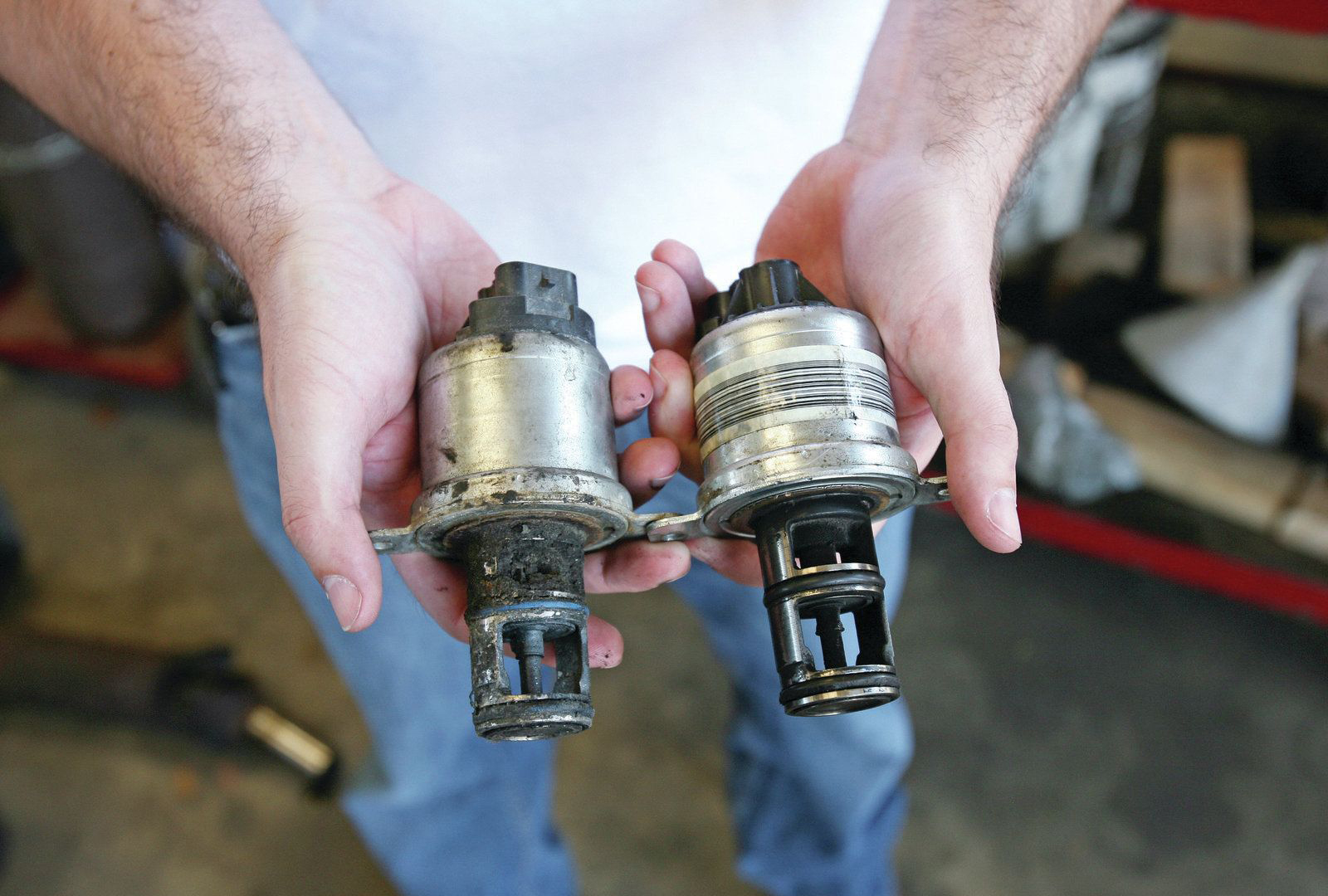-
Your shopping cart is empty!

Q. I have a 2003 100 Series LandCruiser with the factory turbo-diesel. The engine is fairly standard apart from a DTronic upgrade chip and snorkel. A 3in exhaust system is planned. One of the things I have read a lot about is Exhaust Gas Return (EGR) systems. Now, I understand why they are implemented but I can not see how they give any benefit to the engine. As an experiment I put a simple little dripper system valve in the vacuum line that operates the EGR valve, essentially disabling the EGR system as this prevented the EGR valve from opening. One of the things I noticed after the last oil change, is how much cleaner the oil stays. I have not noticed any perceptible differences in power or economy, but I figure that not putting hot dirty exhaust gases back in to the engine can only be a good thing. One of the things I have noticed though is that the vacuum pump runs continuously with the blocked vacuum line that I have created, so I am considering removing the dripper system valve, and putting in a blanking plate between the EGR pipe from the exhaust manifold, and the EGR valve body. My question is whether there are there any potential negative effects from disabling the EGR system this way?
A. There are 2 sides to this story.
The Law: Federal regulations dictate that any devices such as the EGR valve be operational as it is part of a complex pollution control system installed on the engine.
The Reality: The operation of the EGR valve viewed within the repair industry is controversial. It’s installed as a pollution control device that operates and recirculates exhaust gases back through the inlet under nil and light throttle applications cleaning up various emissions. Yet as you have already experienced ‘first hand’, it appears to make pollution worse. Well that’s the reality. It does. My view is that any saving made by this process are completely undone in due time as the engine gets older. And I mean Ive seen big issues within 40,000km. Whilst the idea of recirculating lovely dirty sooty exhaust gases back through the clean inlet manifold (makes you wonder why you have air-filter) makes sense to the ‘powers above’ it certainly seems to create more problems and pollution than its fixing. We have seen severely blocked inlet manifolds creating inlet restrictions and performance problems and smoke, sticky EGR valves creating excessive smoke emissions and low power and even as bad as prematurely damaged engines from these aforementioned EGR issues. I’d say a steel foundry pumping out pollution to cast a new engine earlier than its needed is far more polluting than just not having an EGR valve.
I can’t legally tell you what to do BUT you’re on the right direction.